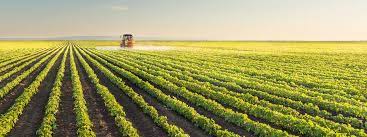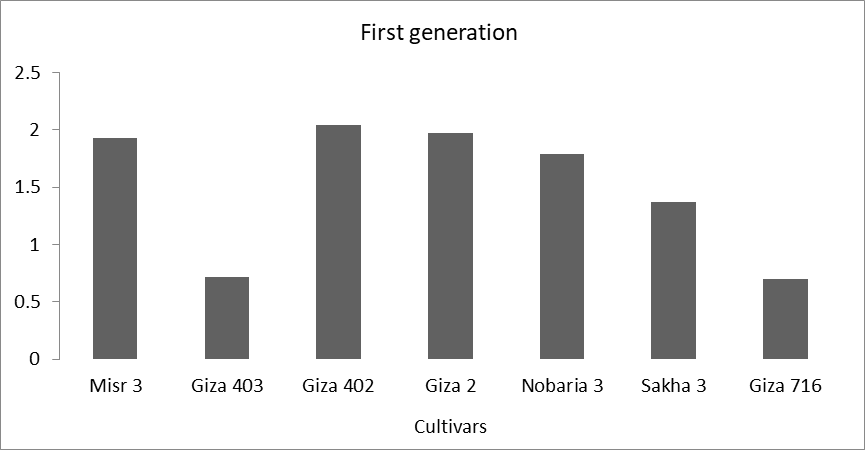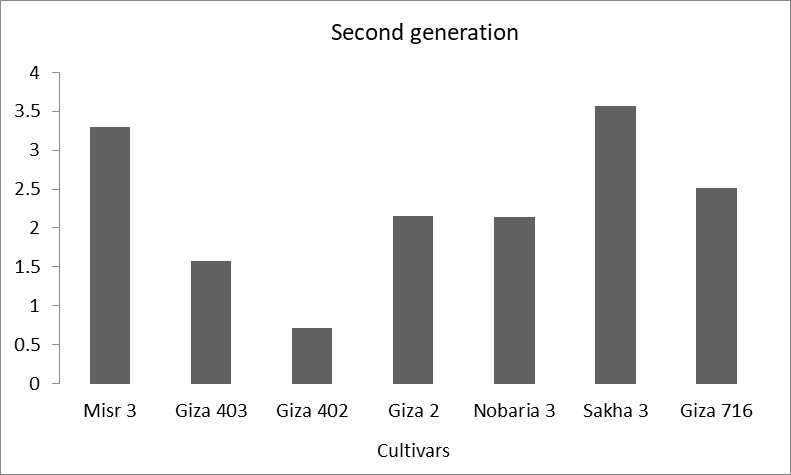
Saudi, A.S. Baghdadi1, Abd El-Aleem S. S. Desoky2*
1Agric. Zoology and Nematology Dept., Faculty of Agric., Al-Azhar University, Egypt
2Plant protection Department, Faculty of Agriculture, Sohag University, Egypt.
*Corresponding authors: Abd El-Aleem S. S. Desoky, Plant protection Department, Faculty of Agriculture, Sohag University, Egypt.
Received Date: February 21, 2022
Accepted Date: March 08, 2022
Published Date: April 25, 2022
Citation: Abd El-Aleem S. S. Desoky and Saudi, A.S. Baghdadi. (2022) “Response of certain cultivars of broad bean to the
injury with rodents at Assiut Governorate, Egypt.”, Journal of Agricultural Research Pesticides and Biofertilizers, 3(5); DOI:http;//doi.org/03.2022/1.1069
Copyright: © 2022 Abd El-Aleem S. S. Desoky. This is an open access article distributed under the Creative Commons Attribution License, which permits unrestricted use, distribution, and reproduction in any medium, provided the original work is properly cited.
This work was carried out to estimate the damages caused by rodents in seven cultivars of broad bean were Giza 716, Sakha 3, Nobaria 3, Giza 2, Giza 402, Giza 843 and Misr 3 during stages (parents, first generation and second generation) at the experimental farm at Al-Azhar University in Assiut Governorate during 2018/2019. The results showed that the average generation of Giza 843 cultivars was the least infested, while Misr 3 was the highest infested cultivars. Also, it became clear that there were significant differences between parents, first and second generation, that showed that parents were less infested, as well as the first generation was less infested than the second.
Introduction:
Broad bean is common Egyptian foods that many Egyptians are accustomed to eat them together as a part of daily diet.( Abdel-Rahman and Ahmed, 2012).Worldwide, rodents are a group of vertebrates that cause significant damage to a range of agricultural crops (Brown et al., 2007). Most of the damage occurred between 80 to 120 days after planting (Parshad et al., 1987). Crop is damaged mainly by the three to four rat species which are considered economically important. Pervez et al. (2005).
The rat damage to field crops depends upon the cultivated crops, growth stage, the distance of the attacked plant from the border of the field and the rat density. These results agree with El- Deeb et al. (2008) who recorded that the damage in some field crops i.e. maize, rice as summer crops and wheat, broad bean as winter crops due to rodent. The damage percentage was high in maize, rice as summer crops and wheat and broad bean as winter crops due to density of rats (Ahmed, 2007). The study aims to measure the degree of infestation of rodents for seven cultivars of faba bean during the stage of parents and the first and second generation.
Materials and Methods:
This study was carried out in Al-Azhar University Experimental Farm in Assiut, the chosen district contained many hundreds of feddans cultivated with varied field crops. This work was carried out to estimate the damage caused by rodents in seven cultivars of faba bean in the following stages (parents, first generation and second generation) during 2018/2019. Two feddans for each field crops were selected to achieve this study For this study twenty five samples were taken from each plot, by using quadrate wooden frame (100×100cm2), with five replicates for each level.
the attacked plants were estimated as average number of broad beans from the total examined plants in each distance. The number of damaged and undamaged plants inside the frame for every single sample were counted. From the maturity stage till the harvest the average infestation of the plant and the loss pods were estimated in each area as percent of infested plants from the total examined plants, then the data were analyzed statistically.The species of rodent prevailed in the field study were trapped and identified.
Results and discussion:
During the study results showed that identification of rats inhabited faba bean field show that the field rat Arvicanthus niloticus (field rat or Nile grass rat) was only rodent species prevailing in the area and responsible for faba bean and working near sources of water in the canals, so the rat population at the outer border of more fields and decreased gradually towards the center (Abdel-Gawad et al., 1982).
Data in table (1) and Figures (1,2,3) also showed the least infested species in the parents stage was Giza 843 (0.10), followed by Giza 716 (0.22), followed by Sakha 3 (1.14), and the least infected types in the first generation were Giza 716 (0.70), followed by Giza 843 (0.72), followed by Sakha 3 (1.37), while the least-infected species in the second generation stage were Giza 402 (0.71), followed by Giza 843 (1.57), followed by Nobaria 3 (2.14). It was also evident that there were significant differences between parents, first and second generation, that showed that parents were less affected, and the first generation was less affected than the second may be due to the parent stage is always more tolerant to infection than rodents than the following generations, because it contains fibers, it is not preferred for feeding rodents. The results agreement with Korany (2006), Brown et al. (2007), El-Deeb et al. (2008) & Hany (2017).

Table 1: Average numbers of infested pods / m2 of certain cultivars of broad beans by rodents at different sampling during (2018).
P= parents’ stage
F1= first generation
F2= second generation

Figure 1: The percentage of infestation from rodents to seven cultivars of broad beans in the stage of parents.

Figure 2: The percentage of infestation from rodents to seven cultivars of broad beans in the first generation

Figure 3: The percentage of infestation from rodents to seven cultivars of broad beans in the second generation
Conclusion:
Arvicanthus niloticus was only rodent species prevailing in the area and responsible for faba bean and working near sources of water in the canals, so the rat population at the outer border of more fields and decreased gradually towards the center. High damage caused by rodent was observed in Masr-3 cultivar compared with Giza-843.
Recommendation:
Can be recommended, the cultivation of the following cultivars of faba bean, because they are the least infested species for rodents, especially in the parent stage and the first-generation stage, which is Giza 843, Giza716 and Sakha 3 in Assiut region. It may be due to contain of fibers that are not preferred for feeding rodents, as well as less-affected cultivars